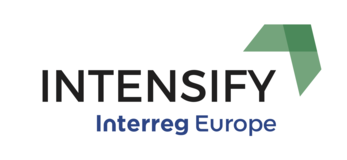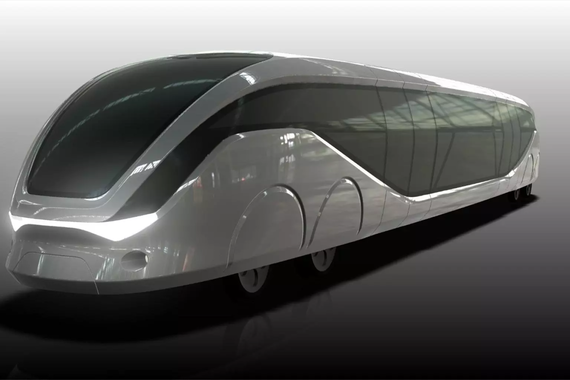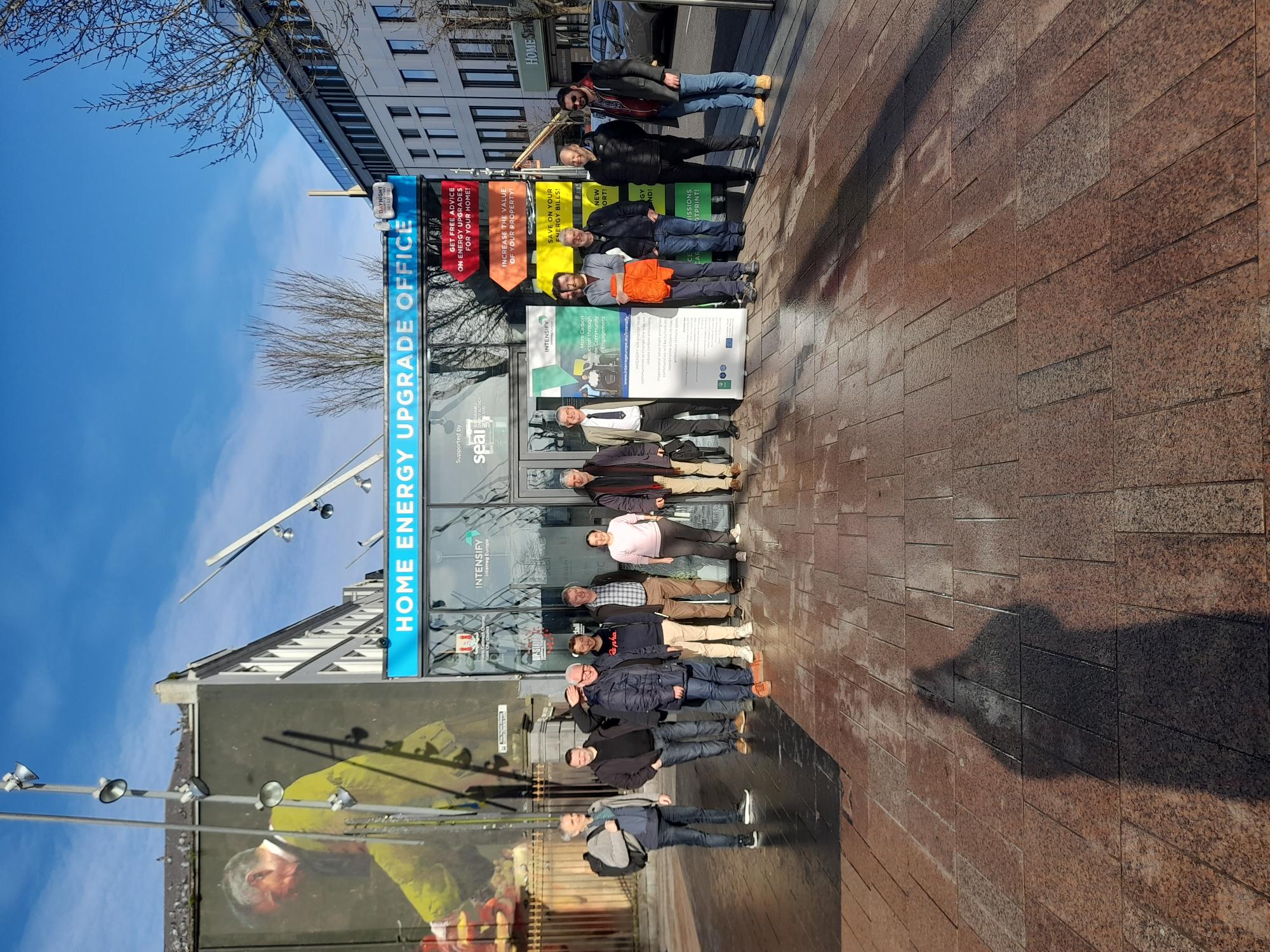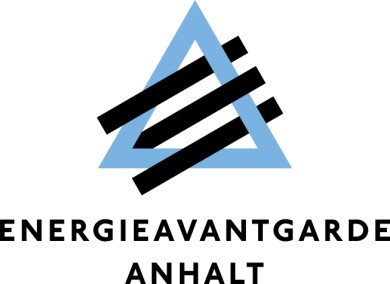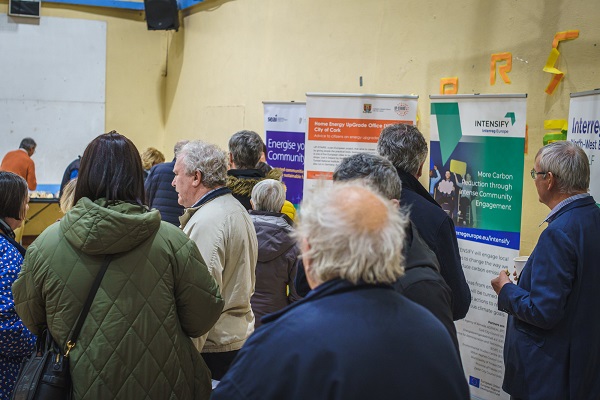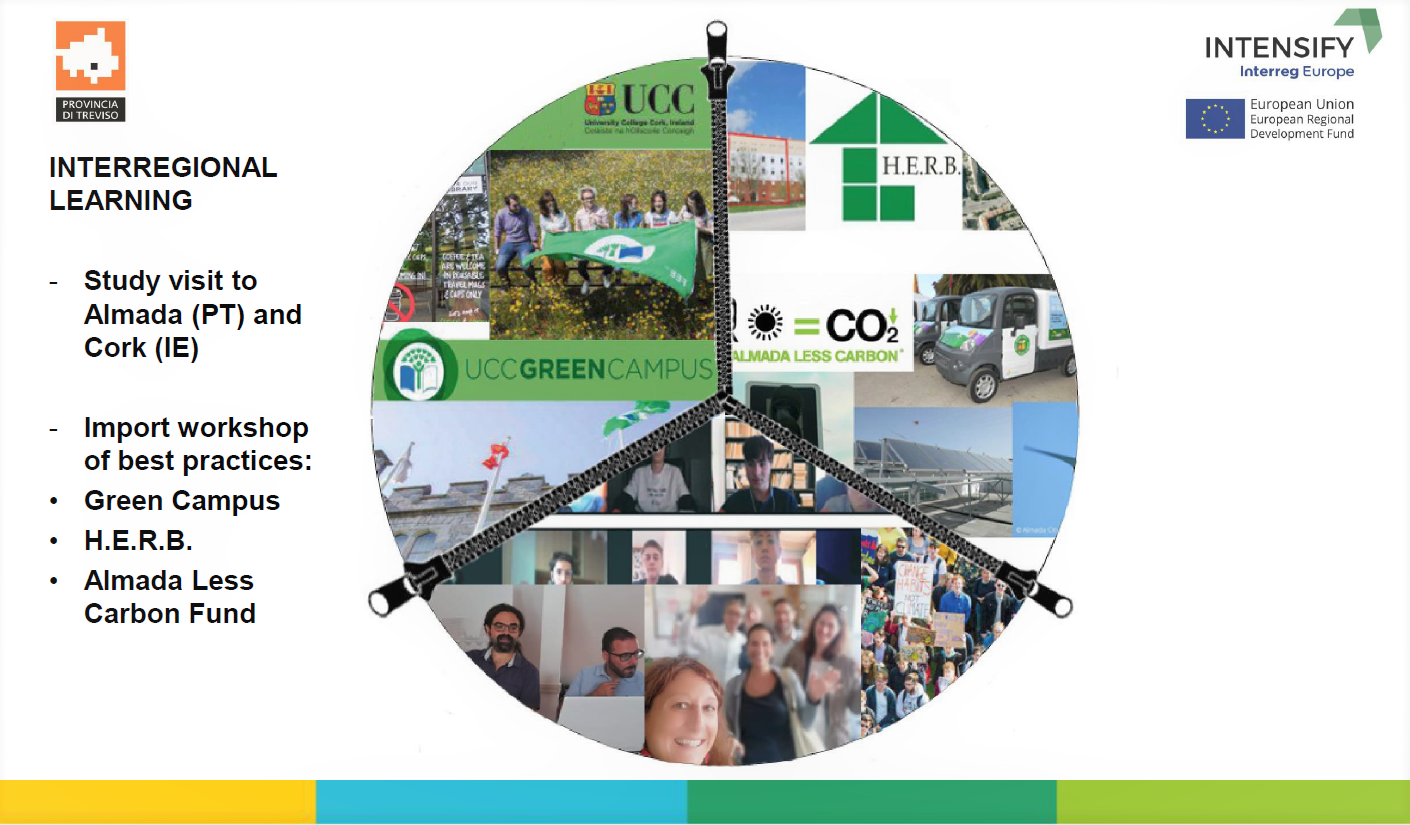The SEC programme is delivered by the Sustainable Energy Authority of Ireland (SEAI).
An SEC is a partnership with the SEAI focused on getting a community group to improve local energy efficiency, promote and use renewable energy where feasible and ultimately develop local energy production. SEAI also provides specialised technical know-how and grant assistance.
Partnerships make it possible to share local resources, knowledge and experience. This enables long-term mutual benefits for all involved. While each SEC is unique, they are likely to include some or all of the following attributes:
a. A mix of activities and sectors in the community
b. A geographically defined area or common field of interest
c. Strong stakeholder commitment
d. A defined organisational structure
e. A balance between energy-efficiency projects and the development of renewable energy supply
Typically, an SEC will use a collaborative approach to achieve their common objectives.
Funding is available for the communities in the form of special SEC grants for establishing the local energy baseline (€10k -20k) as well as subsequent grants promoting energy retrofits and renewable energy. A national technical panel is also available for specialised knowledge inputs.
At least two people are needed to join the network. However four is deemed necessary to make the community work. Most are off shoots of existing organisations e.g. sporting clubs, community associations etc.
Supports needed:
(a) National Office to support the program, a program manager and two program executives.
(b) Local champions in the community
(c) 4 Regional Mentors and 27 local mentors
(c) Funding program - total expenditure to date of €65.8M, spent on a wide variety of climate mitigating measures.
Signs that SEC’s have been successful:
(a) Over 380 SECs in the network and growing
(b) In 2019, 57 projects supported costing €25.3M supporting energy efficiency upgrades in 698 homes and 570 non domestic buildings.
(d) The community energy grants program has supported energy upgrades to over 18,200 homes and 2,570 non-domestic buildings
(e) Each community has developed its own Energy Master Plan (EMP)
(f) 34,676 tonnes CO2 emission reductions annually
(g) 122.5 GWh total energy credits saved (obligated energy suppliers)
Challenges faced by SEC’s:
(a) Managing expectations of the members
(b) Retaining support within the community
(c) Ronverting the community energy master plan into actions
(d) Sourcing viable financing options for the actions identified in the EMP.
The SEC program is very interesting and has the potential for transfer to other European cities, regions and countries. The program;
a. Increases awareness of the need to reduce greenhouse gas emissions in the local community
b. Seeks out community champions
c. Provides mentoring services that help to change attitudes and behaviors that reduce green house gas emissions and lowers the carbon footprint.
d. Supports communities to develop an energy master plan - identifying the sources of greenhouse gas emissions, the steps that can be taken to reduce the emissions and outline how these reductions can be achieved.
d. Identifies projects that the community can afford to finance that will reduce the carbon footprint.
A key success factor is the support and national level through the SEAI and at regional and local level through the availability of mentors to guide the SEC's. Advertising the program is also important so that potential champions come forward to seek advice.
